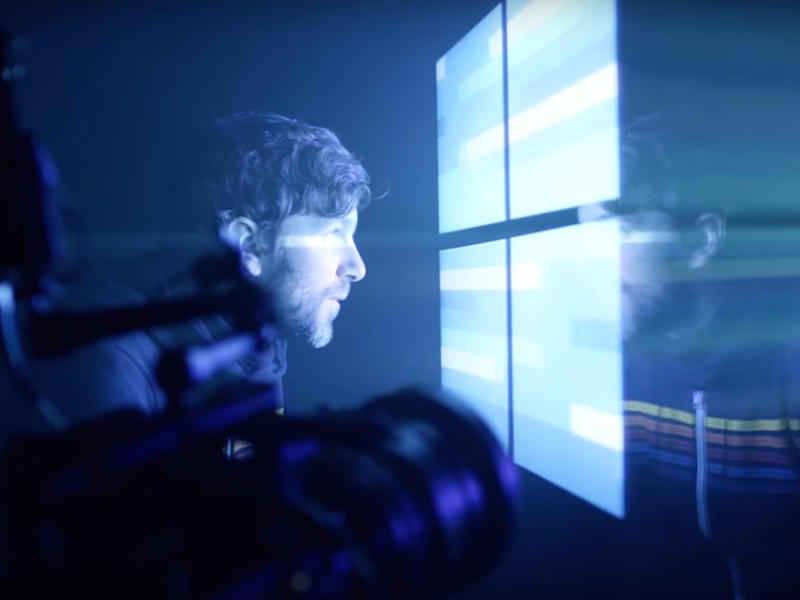Microsoft Windows 10 activation, demystified.
Whether consumers have acquired Windows 10 through a free upgrade, a digital purchase, or following the purchase of a new laptop PC, chances are that a percentage of them, have experienced this brand new way of activating Windows, called Digital Entitlement.

Digital entitlement is a method of activating Microsoft Windows 10, which does not require the traditional 25-character product key, but rather uses an Internet connection to activate Windows.
For instance, if a user were to reinstall Windows 10 on a device, the installation process would eventually take the user to a screen where to input the 25-character activation key, except that with Digital Entitlement, that screen can be safely skipped, until the user is taken to the desktop, at which point, all that’s needed is an Internet connection, which will activate Windows 10 without the need to enter a key.
Windows 8.1, Windows 7 and prior versions of the operating system, relied on a product key-based method to activate Windows, which allowed software pirates to use illegally obtained copies of Windows, on their systems, by using software hacks to get around the activation screen and the login screen.
With Windows 10, similar types of hacks have been curbed by implementing Digital Entitlement, which uses an online method to verify ownership of a Windows 10 license.
Depending on how Windows 10 was acquired, either Digital Entitlement, or the insertion of a product key will be required. In a support page, Microsoft has detailed all the specifics relevant to what type of activation is required:
You can use a Product Key if:
- A digital or boxed copy of Windows 10 was purchased from an authorized reseller.
- A volume licensing or MSDN subscription has been purchased.
You can activate Windows 10 using Digital Entitlement if:
- An eligible device running a genuine copy of Windows 7 or Windows 8.1 was upgraded for free to Windows 10.
- A genuine license of Windows 10 was purchased and activated from the Windows Store.
- A genuine copy of Windows 10 was upgraded to Windows 10 Pro from the Windows Store, and successfully activated.
- A genuine copy of Windows 7 or Windows 8.1 was successfully upgraded to Windows 10 Preview within the scope of the Windows Insider program, and later upgraded to the official release build.
Is the Windows Product Activation Key on its way out?
Considering the stance that Microsoft has acquired in regard to passwords and similarly weak authentication methods, it’s not impossible that future builds of Windows 10, or future versions (Windows 12?), could eliminate the need for product keys altogether, and allowing for other forms of online activation, for instance through the use of Microsoft accounts..